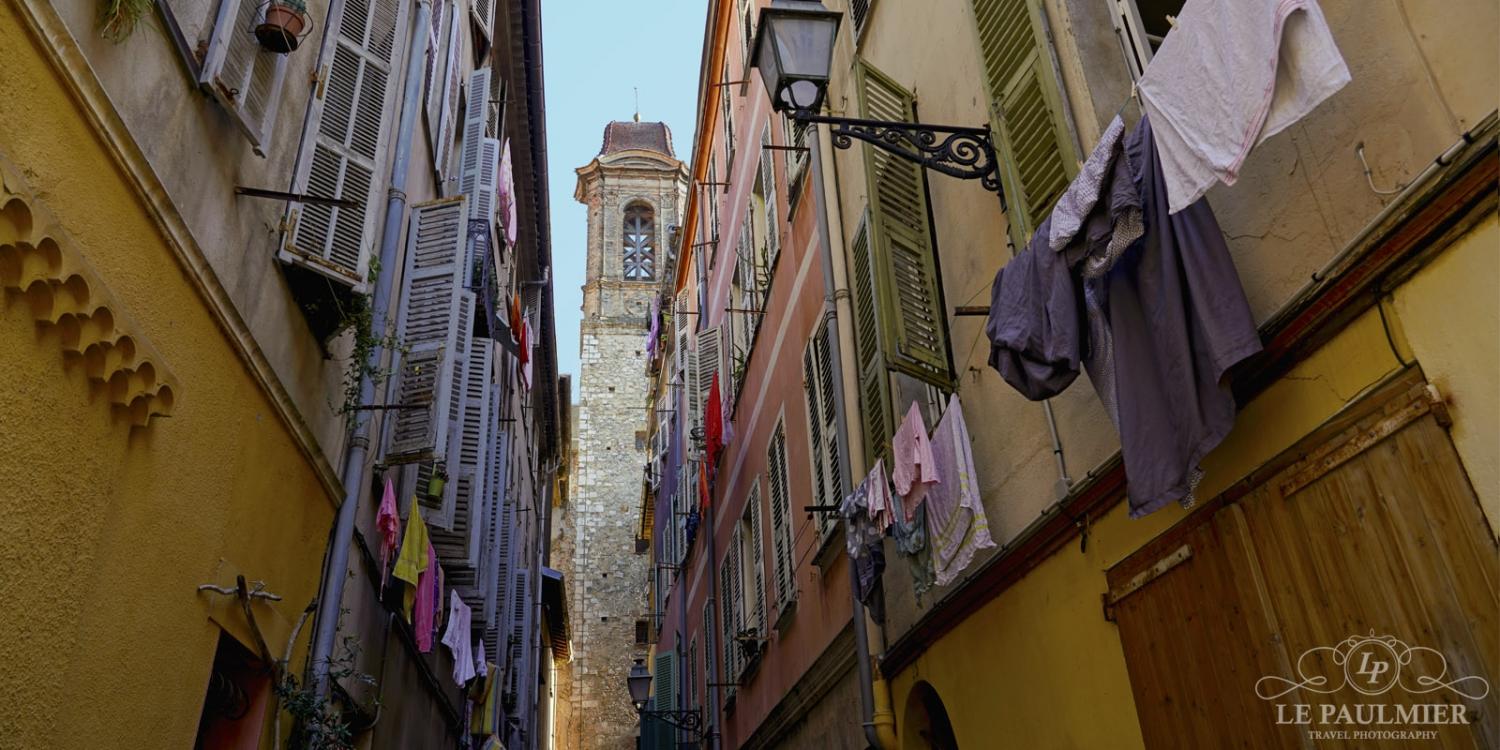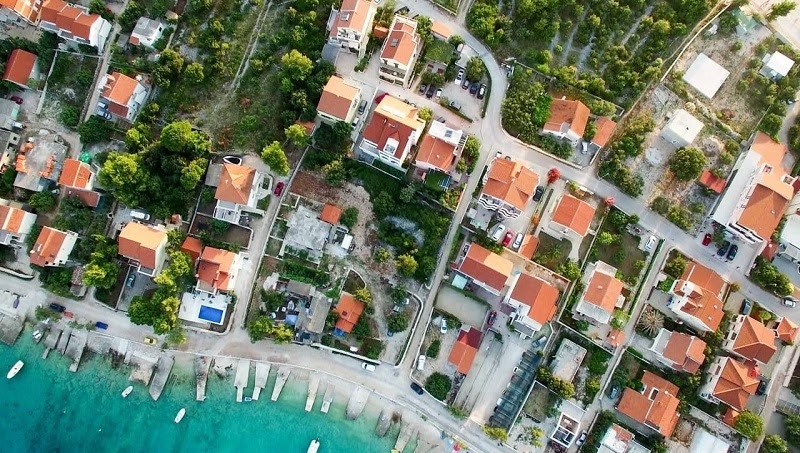
Getting to know a travel photographer who puts a new spin on a classic industry
Le Paulmier’s photography is a growing collection of fabulous destinations. His ability to capture the essence of a locale inside the frame reveals a life of travel and honing of craft. As a child, Le Paulmier moved between Australia, Europe, Asia, and the Middle East. These early experiences combined with an education in the applied arts developed a wondrous talent for travel photography.
Learn more about his photography interests or view some the travel prints.
Have you ever been to Ottawa?
As a matter of fact, I have on 2 occasions, both of which were brief and without any photography equipment. I wouldn’t be opposed to coming back in near future, to shoot either in the summer or in the fall, preferably under good weather. In addition, I would be open to visiting some of the notable museums (i.e. National gallery of Canada, Science & Technology Museum) and the lively ByWard Market.
When did you realize that you wanted to be involved with travel photography?
I’ve been involved in this space since the early-mid 2000’s, but my interest was broader in terms of destinations and I was a bit more engaged in the publishing side. About 4-5 years ago, after reflecting on the different technological mutations that the cameras had gone through, the emergence of a new breed of artists, the shift from print publication dominance to a digital world and the increased ease of travel, I decided to add a splash of history to my photography to better reflect my passion. Essentially, I was tilting my focus towards how humanity had influenced nature.
What do you look for in a photograph?
To be fair, each photographer has their own bias. While some will probably put more emphasis on the perfect composition, others will be willing to break the mold to stand out. Those who do a lot of adult portraits will put a lot of emphasis on the human experience and how this might be reflected in photo. On the other hand, those who look for animals in the African savanna are attempting to capture a unique scene from the animal kingdom, in its purest form. For me, when it comes to travel photography, the presence of colour can be something I find very desirable, or even contrast if the weather is not terribly cooperative, as long as some light can make its way into the shot. In addition, when applicable I enjoy the inclusion of historical or local elements, generally with an architectural angle or other non-human element. The travel aspect of the shoot is nearly as important as the photo per se, but don’t be fooled, it’s not a holiday. All in all, I would say those are the main factors I look for in my work. I do find that most photographers will agree that light can make or break a shot, regardless of their area of expertise, and a sound use of perspective can be helpful (rule of thirds etc.).

How has your eye developed over time? Do you see phases in your work?
In the early days, my eyes were naturally drawn the surroundings of South Florida, meaning the ocean, art deco buildings, tropical plants etc. Anything with a lot of colour or contrast was a potential subject of interest; however, once I started discovering a wider array of locations and options, my eyes grew more curious, wanting to uncover new angles and better appreciate various geometric formations, along with a diverse range of architectural symmetry. Later on, I also reverted back to my younger years, when history was one of my favorite topics in high school. I was quite keen to bring some of that interest into my photography.
I sense that when looking at things retrospectively, there have been two phases in the past 10-13 years. Initially, it was mostly focused on elements of Florida and the occasional adventure to other parts of the U.S. or Europe. The second phase involved a much heavier focus on historical destinations, cities or landmarks across Europe, many of which offer fascinating surroundings for photography. I do also like to be a bit daring at times, and lead with new ideas. I also enjoy learning from travel industry insiders you might see on TV or in travel guides, it helps me locate prospective destinations.
What are your favorite areas or cities to explore?
This is one of the most popular questions I get asked by strangers when I shoot or even when I’m socializing with friends. Essentially there are two kinds of places I like to explore: places for leisure (depending on the season) and great shooting locations, rich with natural beauty or history.
Generally speaking, my favourite cities for pleasure would include Miami in the spring and winter, and the French Riviera, which can be very pleasant during the summer (it certainly comes to life during the Cannes Film Festival). In terms of top places to shoot, there’s a long list, but lately I’ve been quite fond of Matera, Malta, Cadiz, Dubrovnik and Venice. If I look a few years back, I would also include South Florida, Utah, Arizona, Death Valley, parts of southern Ontario and Vancouver, BC. I do plan to visit and revisit other parts of the world (namely Asia and heading back to Australia) but there’s so much to see, I’m trying to manage this process as best as possible. There is still so much more to uncover in Europe, where there are hundreds of incredible villages yet to be explored and historical places in unusual settings, such as Meteora in Greece (where the monasteries from the James Bond film are found). I’ve also been quite curious about the Canary Islands, off the coast of Africa, as they have a unique landscape. I strongly invite people to consider seeing south-eastern Italy (Abruzzo, Basilicata, Pluglia, Calabria) and Sicily; it’s loaded with unique places, with thousands of years of history, and the local food is tasty.
In terms of photography gear, what do you typically take on your trips?
I usually take a few ND filters, my 18mm Zeiss F2.8 wide angle lens and a 24-105 for more casual settings. I also take a 100-400 just in case, but haven’t used it as much, of late. The final piece of the puzzle is a proper tripod, which can remain stable under different weather conditions. There are also a few other gadgets, such as a remote, to take shots from a distance and a mini Manfrotto tripod, which can be helpful in tight corners when the regular tripod won’t fit.

As the world changes, what place do you think travel photography has? What vital purpose does it serve?
Historically, merchants who travelled around the globe would bring back products, stories and personal experiences. Most of us are familiar with the various trade routes that came into existence between Europe and Asia, ever since antiquity.
In much the same way that trade routes helped bring things together, travel photography can be part of the same synergy, as it carries a snapshot of something from somewhere else to a new destination. Granted, you are not selling spices, electronic devices or have plans to open a subsidiary for a foreign company as part of this process; but I find it’s the same momentum that takes place, whereby one is going from one place to another and carrying something special that was captured elsewhere to help generate attention or pleasure (ie. the visual experience). Interestingly, as a side note, photojournalism is well documented for doing this, especially when it involves some form of foreign conflict that’s being covered for a media outlet.
I also feel passionate about travel photography being able to make a positive contribution to society and the art world, but in a different way. While certain photographers tend to focus on people and portraits during their travels, others might be more attracted to architecture and food, for example, but those are all personal choices. For me, it happens to have been colours, contrast and, more recently, culture and history from certain geographic locations that I feel need to be preserved for future generations. Conservation has a huge role to play in safeguarding flora and fauna, there is no question about it, and travel photography can contribute, regardless of the theme you choose to pursue—as long as the cause is noble.













